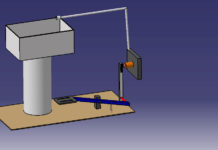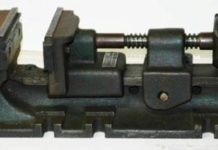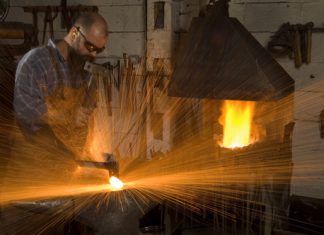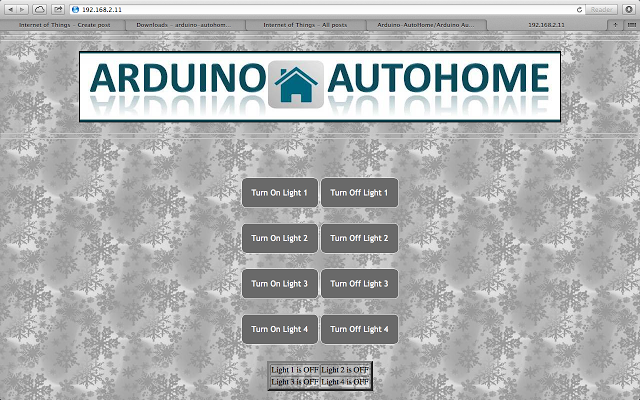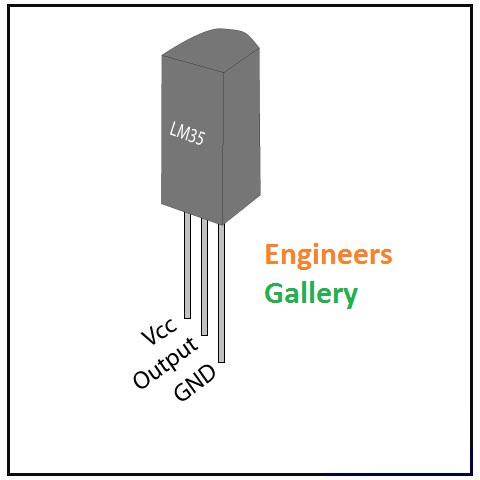Temperature of Refrigeration
Temperature can be thought of as a description of the level of heat and also may be referred to as heat intensity. Heat level and heat intensity should not be confused with the amount of heat, or heat content. As a substance receives more heat, its molecular motion, and therefore its temperature, increases.

Most people know that the freezing point of water is 32 degrees Fahrenheit (32°F) and that the boiling point is
212 degrees Fahrenheit (212°F), Figure 1. These points are commonly indicated on a thermometer, which is an
instrument that measures temperature.
We must clarify the statements that water boils at 212°F and freezes at 32°F. These temperatures are accurate when
standard atmospheric conditions exist. Standard conditions occur at sea level with the barometer reading 29.92 in. Hg (14.696 psia); this topic is covered in detail later in this section in the discussion of pressure. It is important to understand the concept of standard conditions because these are the conditions that will be applied to actual practice later in this book.

Heat theory states that the lowest attainable temperature is 460°F. This is the temperature at which all molecular motion stops and the temperature at which there is no heat present. This is a theoretical temperature because molecular motion has never been totally stopped. The complete stopping of molecular motion is expressed as absolute zero, calculated to be 460°F. Scientists have actually come very close to reaching this point in a laboratory
by dropping the temperature to within one-millionth of a degree of absolute zero.
The Fahrenheit temperature scale is part of the English measurement system used by the United States. This measurement system is also known as the I-P, or inch-pound, system. The Celsius temperature scale is used in the International System of Units (SI) or metric system used by most other countries. Some important Fahrenheit and Celsius equivalent temperatures are provided in Figure 2. See the Temperature Conversion Table in the appendix of this text for more temperature conversions.
Here’s how to use the Temperature Conversion chart. To convert a room temperature of 78°F to degrees Celsius, move down the column labeled “Temperature to Be Converted” until you fi nd 78. Look to the right under the column marked “°C,” and you will fi nd 25.6°C. To convert 36°C to degrees Fahrenheit, look down the column labeled “Temperature to Be Converted” until you fi nd 36. Look to the left and you will fi nd 96.8°F. Formulas can also be used to make conversions. If we have a Celsius temperature that we want to convert to a Fahrenheit temperature, we can use the following formula:
°F = (1.8 * °C) + 32°
For example, if we had a Celsius temperature of 20°C, we can determine the equivalent Fahrenheit temperature by
plugging the Celsius value into the formula to get:
°F = (1.8 * °C) + 32°
°F = (1.8 * 20°C) + 32°
°F = 36° + 32°
°F = 68°
So, 20°C = 68°F
If we have a Fahrenheit temperature that we want to convert to a Celsius temperature, we can use the following formula:
°C = (°F – 32°) / 1.8
For example, if we had a Fahrenheit temperature of 50°F, we can determine the equivalent Celsius temperature by
plugging the Fahrenheit value into the formula to get:
°C = (°F – 32°) / 1.8
°C = (50°F – 32°) / 1.8
°C = 18° / 1.8
°C = 10°
So, 50°F = 10°C
Up to this point, temperature has been expressed in everyday terms. It is equally important in the HVAC/R industry to refer to temperature in engineering and scientific terms. Performance ratings of equipment are established using absolute temperatures. Performance ratings allow for easy comparison among equipment produced by different manufacturers. The Fahrenheit absolute scale is called the Rankine scale (named for its inventor, W. J. M. Rankine), and the Celsius absolute scale is known as the Kelvin scale (named for the scientist Lord Kelvin). Absolute temperature scales begin where molecular motion starts; and use 0 as the starting point. For instance, 0 on the Fahrenheit absolute scale is called absolute zero or 0° Rankine (0°R). Similarly, 0 on the Celsius absolute scale is called absolute zero or 0 Kelvin (0°K), Figure 3. The Fahrenheit/Celsius and the Rankine/Kelvin scales are used interchangeably to describe equipment and fundamentals of this industry.

Copied from REFRIGERATION & AIR CONDITIONING TECHNOLOGY by WILLIAM C. WHITMAN, WILLIAM M. JOHNSON, JOHN A. TOMCZYK and EUGENE SILBERSTEIN

